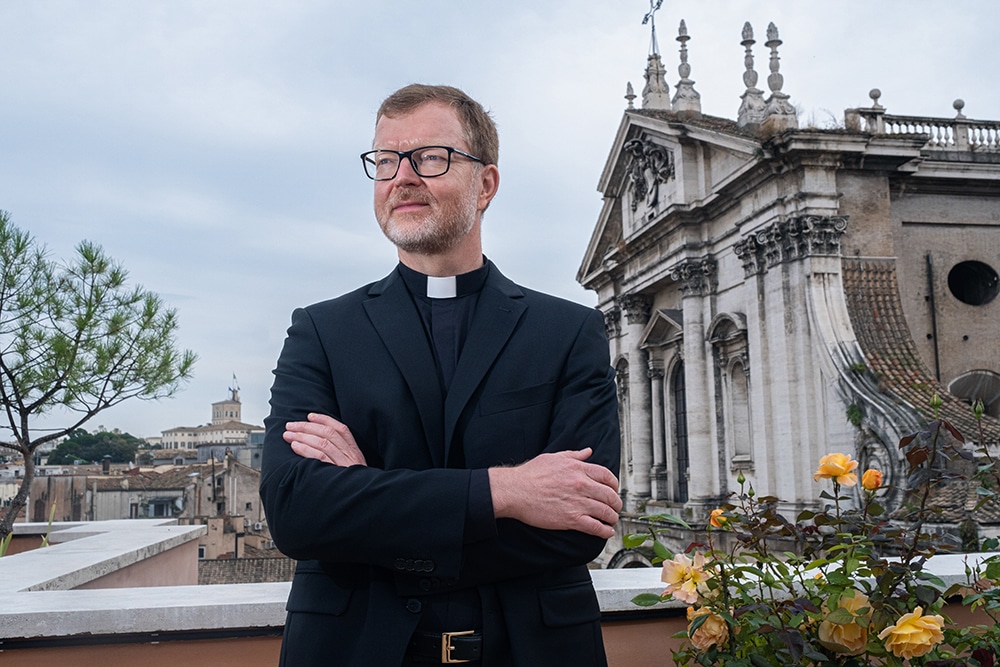Last October, Canadian news outlet CityNews produced a story about a man with chronic back pain due to a workplace injury seeking assisted suicide (euphemistically and disingenuously dubbed MAID — Medical Assistance in Dying — as if the dying had never before been given medical assistance in Canada). The man did not want to die, but he was about to lose his home, and he could not face the prospect of homelessness with his chronic back pain. The story had a happy ending. A good Samaritan set up a GoFundMe page, and strangers who saw the story donated enough that the man’s housing is assured for the foreseeable future, and his decision to end his life has been deferred.
Of course, not everyone in the same situation is so fortunate. The flip side of this story is the increasing number of people who have never asked for assisted suicide having it suggested to them as the solution to their problems. Somehow, in Canada, this behavior is simultaneously cause for police investigation when it happens in the department of veteran’s affairs, and promoted as best practice by the physicians’ group tasked with developing professional guidelines on the issue. No one knows, of course, just how often this happens in families.
In December, one company’s attempt to signal its progressive values in a clothing commercial highlighting one woman’s choice to access assisted suicide backfired when it became public that the “choice” being celebrated followed from years of falling through the cracks of the health care system. She also did not want to die. The role of assisted suicide in this story, as in the CityNews story, did not highlight the compassion and justice of Canadian society but our failures on these fronts. Not a great look for your product. At a more institutional level, we hear about how successful Canada has been at harvesting organs from those choosing assisted suicide, and about how much money assisted suicide is saving and will save our health care system.
An expected outcome
All of this was not just predictable, but actually predicted. When the Supreme Court of Canada struck down the old law prohibiting assisted suicide in 2015, those of us who highlighted such concerns in the subsequent public discussion (not just religious groups, but also advocates for those with disabilities or mental illness) were accused of fearmongering and logical fallacies. Such horrific outcomes, we were solemnly (not to say paternalistically) assured, would be easily prevented by “commonsense restrictions.” What these restrictions would be was never spelled out.
In fact, it was clear from the government’s first law that the limits placed around assisted suicide — that death be reasonably foreseeable — were never imagined to be permanent. The expansion of assisted suicide to the mentally ill and to minors currently underway in Canada was actually envisioned from the start. Any jurisdiction accepting assisted suicide will find it difficult to resist these steps; Canada fast-tracked them.
When life becomes a ‘choice’
The logic is inexorable. Once a society has accepted that a legitimate solution to suffering is to get rid of sufferers, who will dare to adjudicate between your suffering and mine? Death being reasonably foreseeable, or a person being the age of majority, or the person’s illness being physical rather than mental, are irrelevant considerations once the first premise is granted. Who can credibly insist that chronically ill people not have access to the same “care” as terminally ill people, or that a suffering young person must carry on, but only until their 18th birthday, or that the suffering from mental illness is somehow lesser than that from physical illness?
Since only the sufferer can know the extent of their own suffering, only the sufferer can choose if and when assisted suicide is the right option for them. On the day of the Supreme Court’s decision, the family of the man at the center of the case declared that their father’s victory came down to one word: “choice.” They were right. Kind of.
Once a society has accepted that a legitimate solution to suffering is to get rid of sufferers, who will dare to adjudicate between your suffering and mine?
On the one hand, so-called “choice” does become the only acceptable criteria. On the other, the contemporary idealization of choice, buttressed by a naive image of the free and autonomous human person, has led to innumerable situations where those making decisions promoted politically as “choices” commonly protest, “I had no other choice.” The deferral to “choice” is often nothing more than a way of abandoning the vulnerable. While it pretends to be solidarity, it costs us nothing. In fact, it commonly saves both time and money, to say nothing of the emotional burden of actually living with and caring for vulnerable people. More and more people choosing assisted suicide in Canada are highlighting their lack of choice due to factors such as poverty or disability.
A human cost
It does not take long for choices like these to become something much more like obligations. Why should we care for you? You had the option to avoid this suffering. Why should the rest of us pay the price for your choice? The availability of assisted suicide does not simply provide an out for people who worry they are becoming a burden on their families and society, it practically accuses them of being such a burden. And, again, the logic here will not stop with the terminally ill. The chronically ill, the mentally ill and the disabled are all feeling this pressure. As disability rights advocates note, there is a whiff of eugenics here.
While modern medicine has made remarkable advances in pain management, there remain genuinely tragic cases where pain is not ameliorable and/or where the foreseeable death is gruesome. Such cases demand our sympathy and our solidarity. But the Canadian experience teaches us that allowing assisted suicide only multiplies tragic cases. Chronic back pain does not elicit the same public sympathy as ALS, and it certainly doesn’t overthrow long-standing jurisprudence at Canada’s Supreme Court, but those suffering from it now have the question of suicide foisted upon them.
The facts are no longer avoidable: the availability of assisted suicide has done everything its critics said it would, and the human cost is staggering. In Canada, unfortunately, the public conversation still imagines that the real question is about appropriate safeguards. But no such safeguards will hold. What we need are not safeguards but genuine solidarity with suffering people, a solidarity that has real costs but also real rewards.
Brett Salkeld is the author of “Educating for Eternity: A Teacher’s Companion for Making Every Class Catholic” (OSV, $12.95). He writes from Saskatchewan, Canada.







